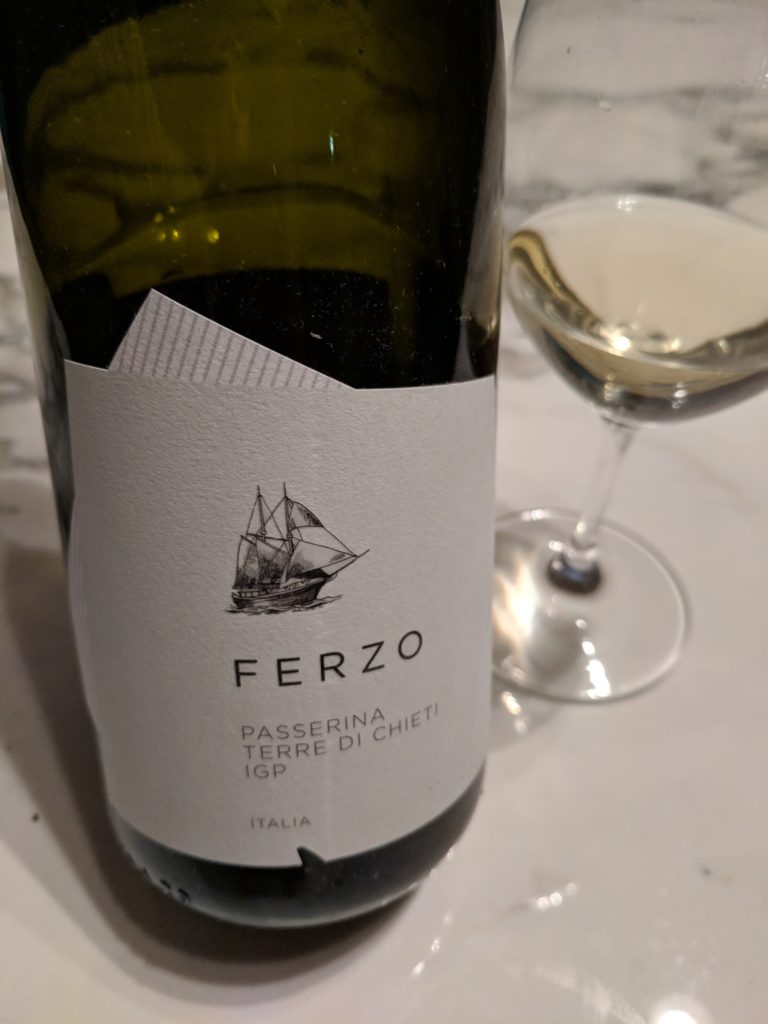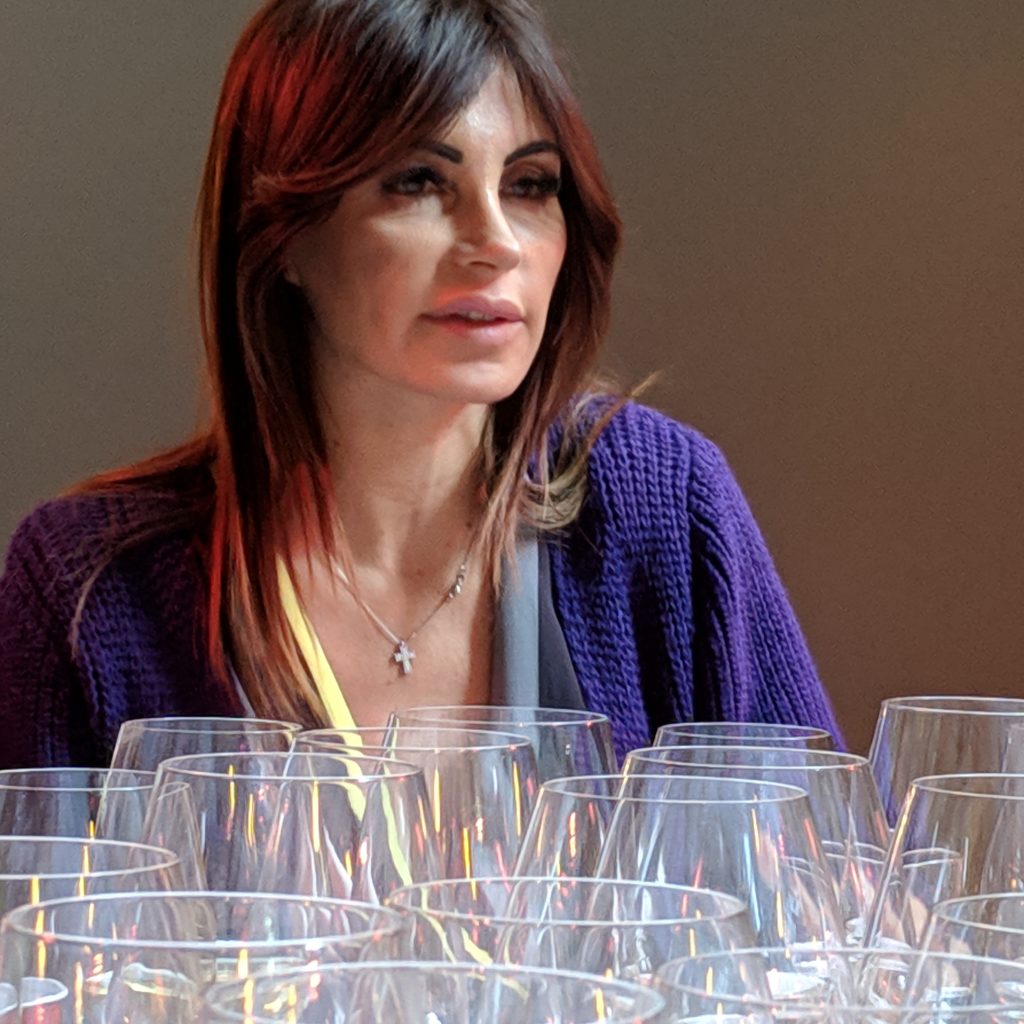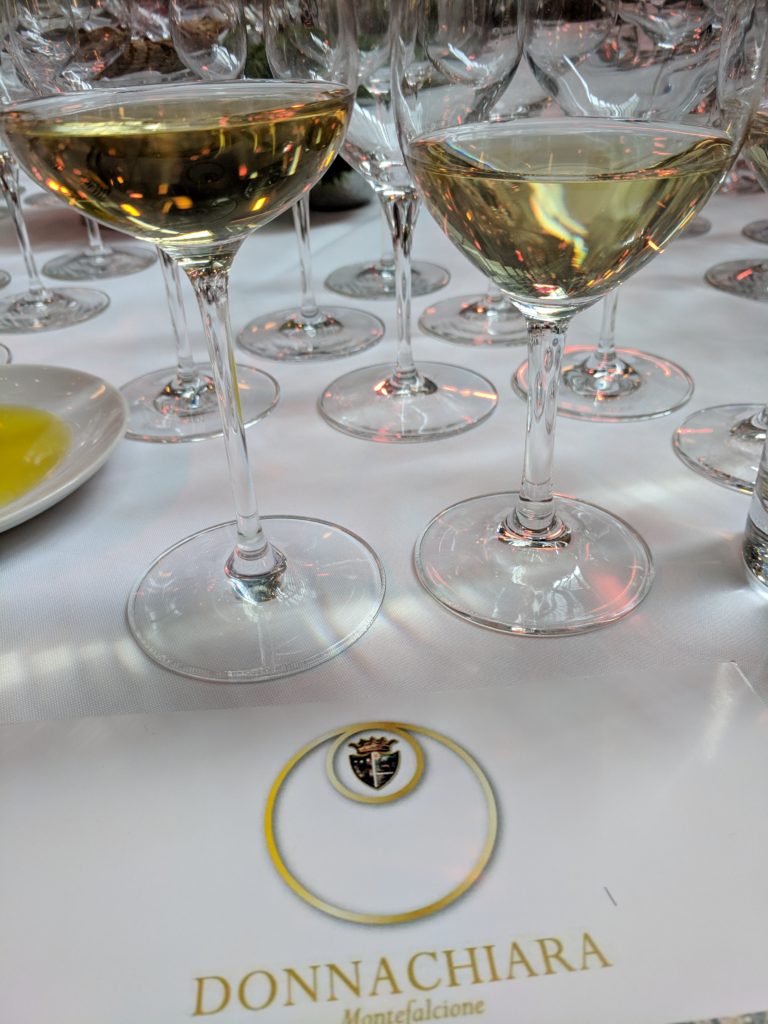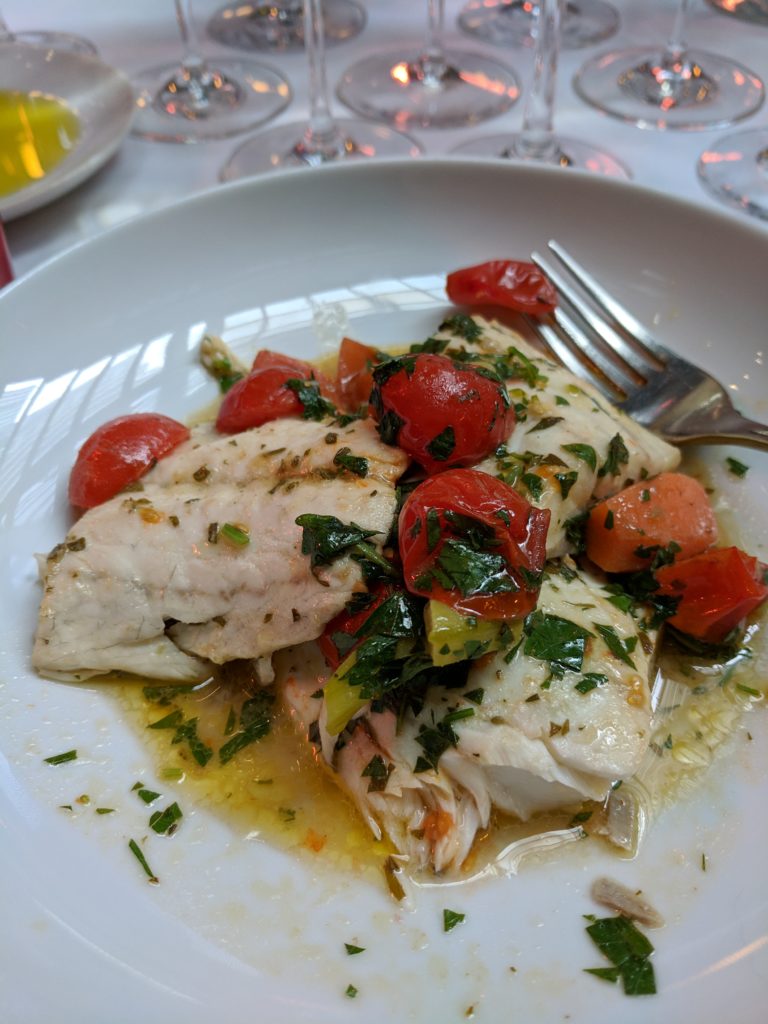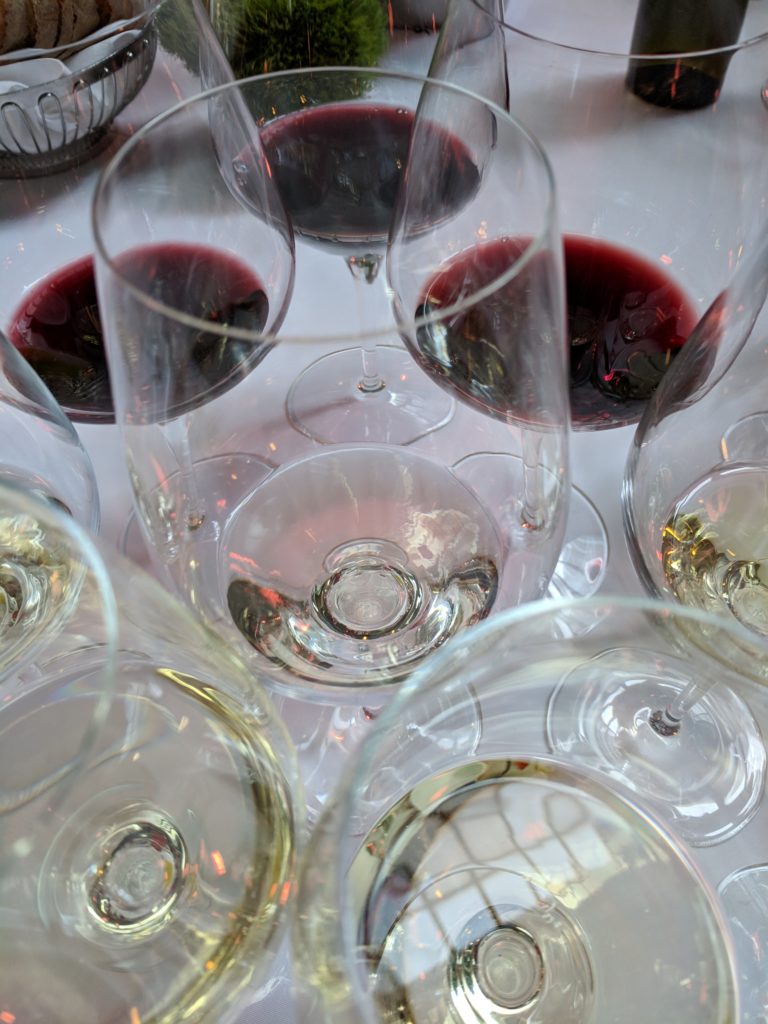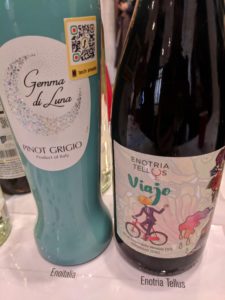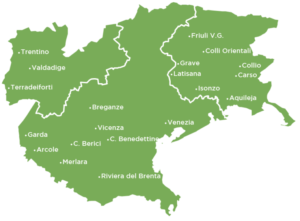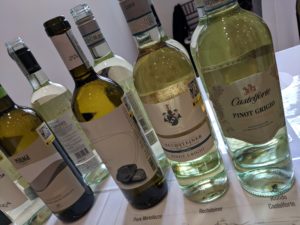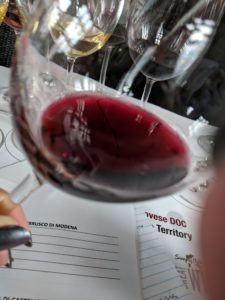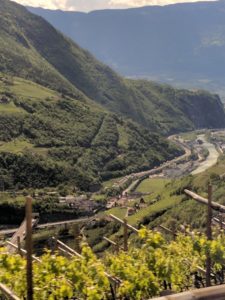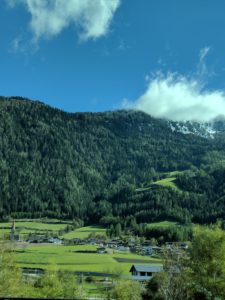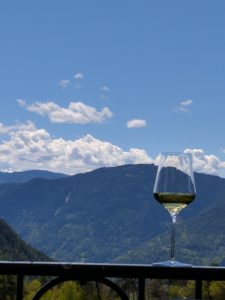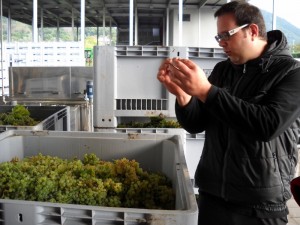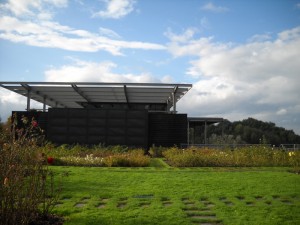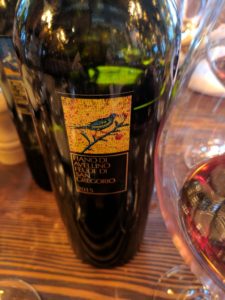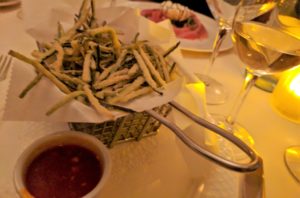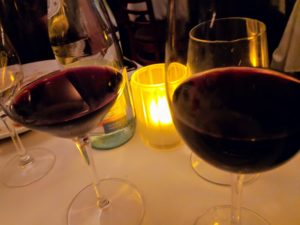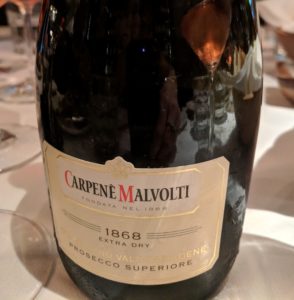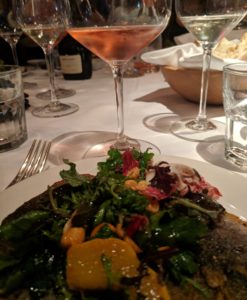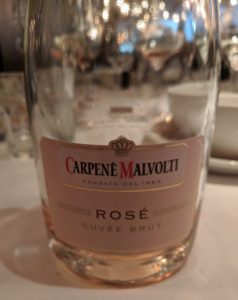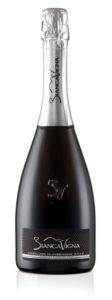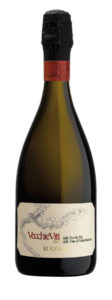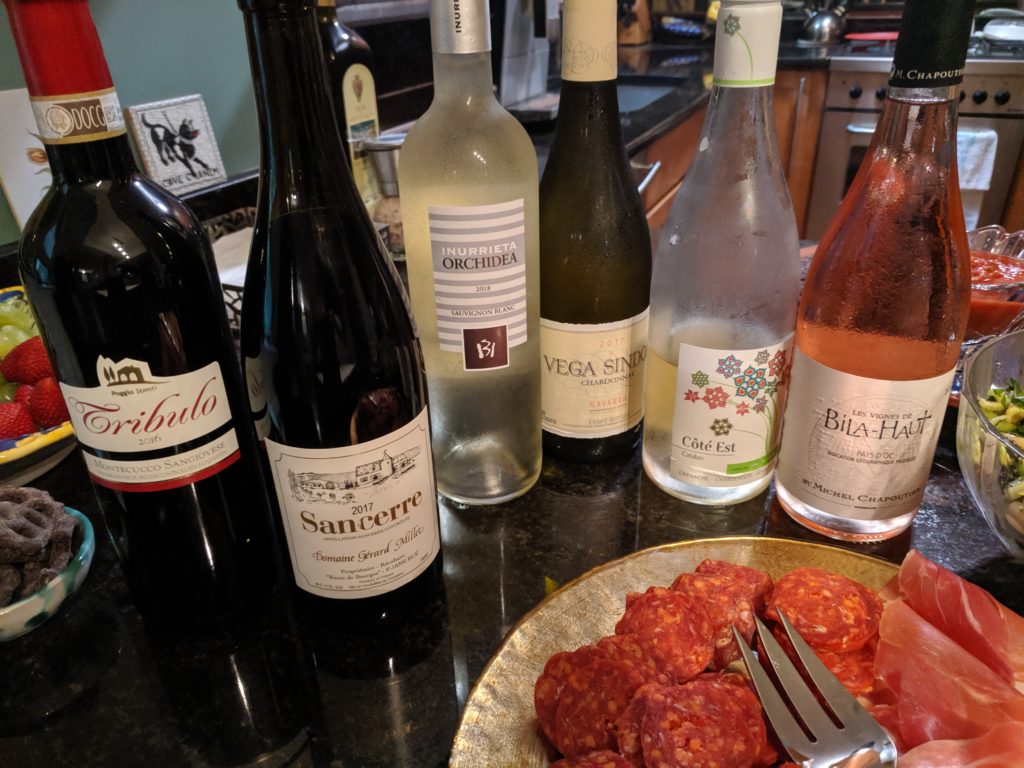
With Memorial Day weekend in the rear-view mirror and the Summer Solstice upon us, we know that it’s safe to wear white and drink rosé (although admittedly you can drink pink any time of year!).
Jokes aside, it’s the perfect time of year to turn our attention to whites and consider lighter reds, along with the requisite rosés, as we get behind the grill or head to the park for a picnic. As such, we want food-friendly, fun and festive wines that will be a welcome addition to the party. Here are just a few ideas to get you in the mood for Summer 2019!
WHITE WINES
Gonzalez Byass Tio Pepe Palomino Fino NV, Jerez, Spain, $20.00
Produced from 100% Palomino grapes, this wine is fresh, with slight yeasty and light nutty notes on both the nose and palate, culminating in long length. It is a great aperitif as well as a partner with salty, savory dishes.
Bodega Inurrieta Orchidea 2018, Navarra, Spain, $12.00
This Sauvignon Blanc offers up a pronounced nose of slight herbs, pink grapefruit, tropical fruit. It is dry with medium+ acidity, ripe citrus flavors with a hint of pith in the undercurrent, pineapple, medium+ body and long length.
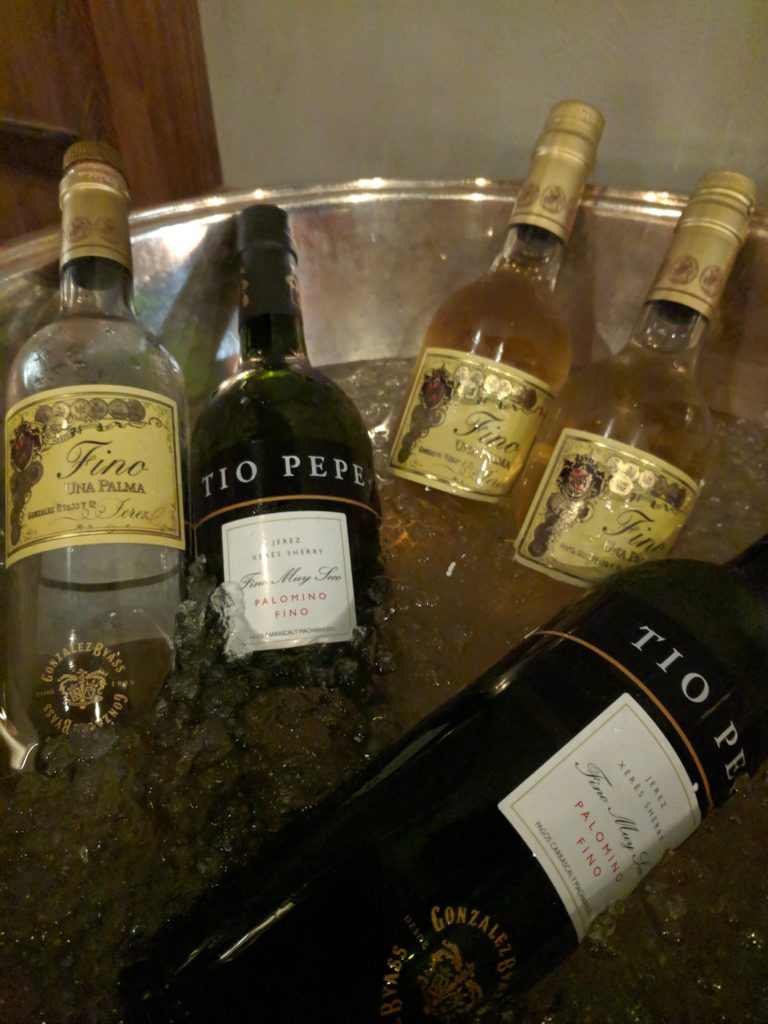
Elk Cove Vineyards Pinot Gris Estate 2017, Willamette Valley (OR), USA, $19.00
This wine is beautifully aromatic, with concentrated aromas of floral, pear, and spice, along with a dry palate with medium acidity, ripe fruit and long length.
Ponzi Aurora Chardonnay 2016, Willamette Valley (OR) USA, $65.00
Barrel fermented and aged in barrel for 20 months, this wine is slightly woody with notes of vanilla and spice. Its full-bodied palate displays freshness, good fruit and acidity, with notes of apple and melon, good texture and salinity before culminating in long length.
ROSE WINES
Muga, Flor de Muga Rosé 2017 Rioja, Spain, $24.00
Produced from 100% Garnacha, this pink-hued wine is both delicious and refreshing, with good berries fruit.
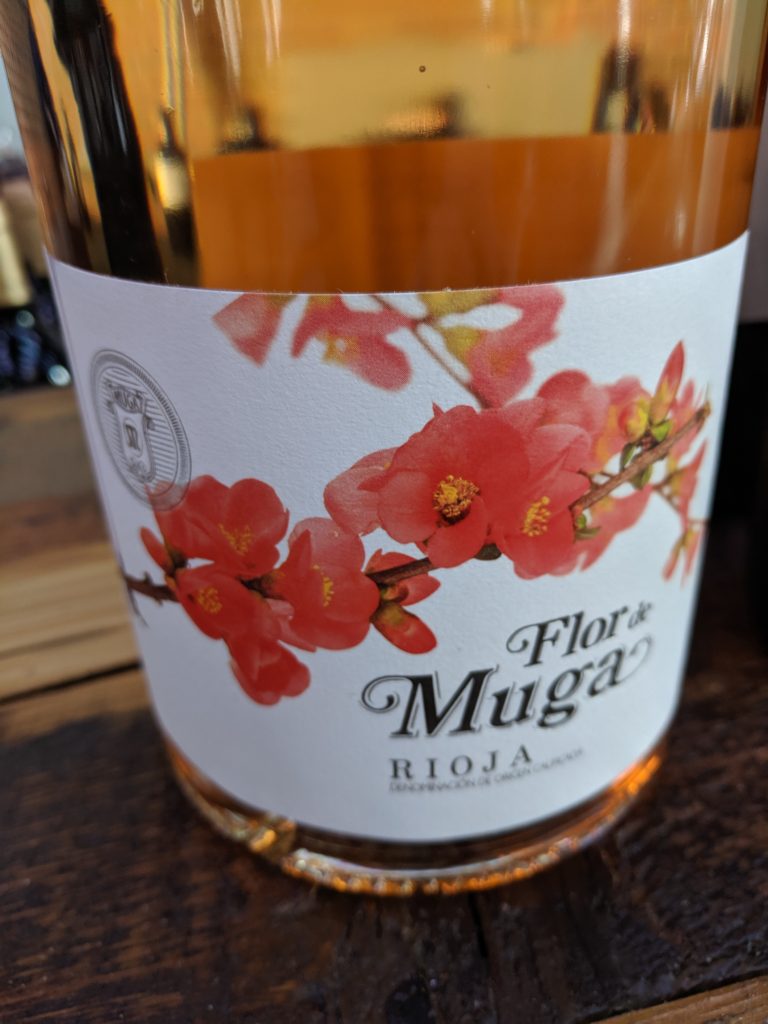
M. Chapoutier Domaine de Bila-Haut “Les Vignes” 2018, Pays d’Oc Rosé, France, $15.00
This estate was purchased by Michel Chapoutier in 1999 and, while this wine previously featured a small percentage of Syrah, this is the first vintage in which it has been phased out completely. It is now a blend of 60% Grenache and 40% Cinsualt, displaying notes of strawberry, cotton candy, slight herbs and watermelon on the nose and dry palate, coupled with bright acidity and long length.
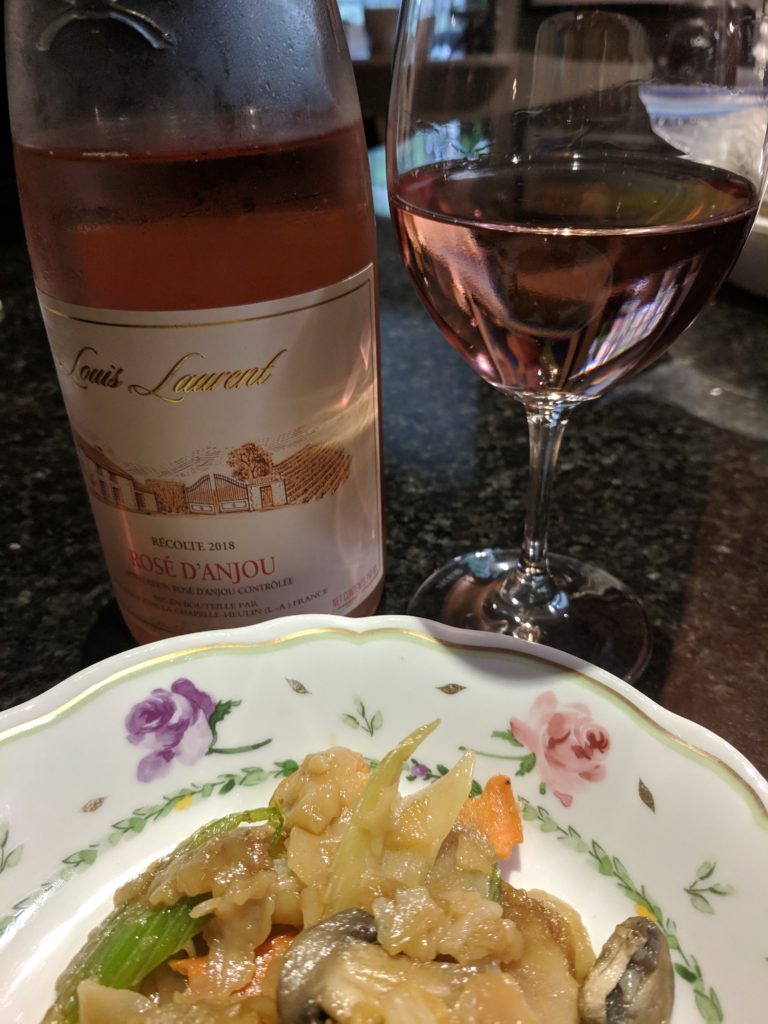
Louis Laurent Rosé d’Anjou 2018, Loire Valley, France, $13.00
Pale salmon in color, this wine is slightly off-dry, with aromas and flavors of floral, ripe berries, honey and cotton candy, with medium body and long length. The hint of sweetness is a good counterpoint to spicy foods.
Sokol Blosser Estate Rosé of Pinot Noir 2018, Dundee Hills (OR), USA, $25.00
This wine has been made since Sokol Blosser’s early days, but has gone through numerous name changes including Bouquet of Rose and Vin Gris of Pinot Noir. Aromas of peach, spice and strawberry greet the nose and are joined by spice and pepper on the dry, fresh, palate, along with good structure.
RED WINES
Domaine Gerard Millet Sancerre Rouge 2017, Loire Valley, France, $26.00
This wine offers up notes of smoke, herbs and dark cherry on the nose, with a dry palate, flavors of cherry and herbaceousness, bright acidity, medium body and long length.
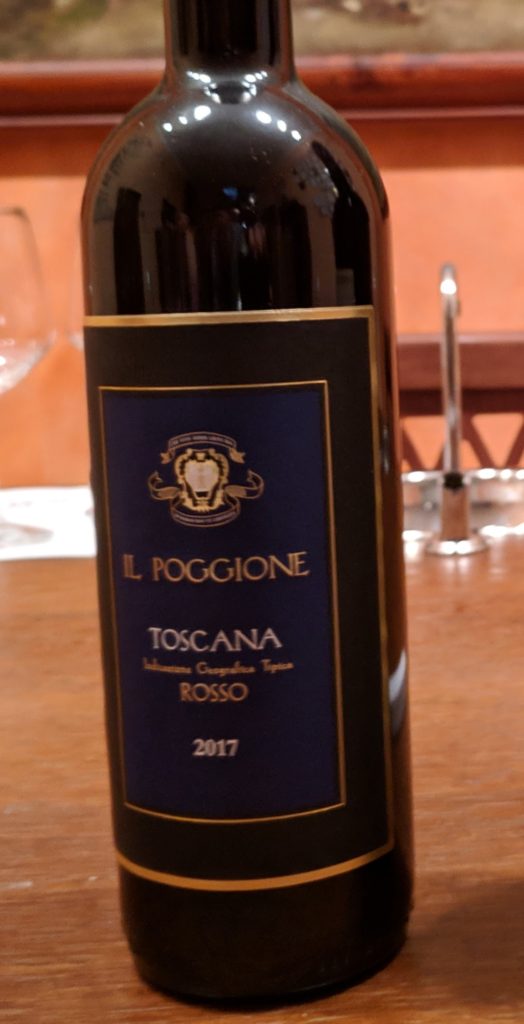
Il Poggione Rosso di Toscana 2017, Tuscany, Italy, $19.00
This blend of Sangiovese, Cabernet Sauvignon and Merlot displays aromas of dark red fruit, a hint of herbs and coffee, while the dry, medium+-bodied palate shows firm, ripe textural tannins, with bright acidity, fresh red, explosive fruit and long length. The wine can take a chill, making it a great option for a summer red!
Basile Cartacanta 2015 Montecucco Sangiovese, Tuscany, Italy, $23.00
Bringing together 80% Sangiovese with 10% Merlot and 10% Ciligiolo, this wine was aged for 12 months in French oak, then spent 18 months in bottle. With a lovely nose
of black cherry, slight herbs, oak and vanilla, it has a dry palate with ripe, juicy cherries, medium tannins with a grainy texture, medium+ body and long length.
Poggio Stenti Tribulo 2016, Montecucco Sangiovese, Tuscany, Italy, $24.00
Produced from 100% Sangiovese, this wine was aged for 18 months in French oak. It has an expressive nose of dried cherries, dried herbs and oak, with a dry palate, medium+ acidity, medium+ tannins, medium+ body, flavors of tart cherry and herbs and very long length.

